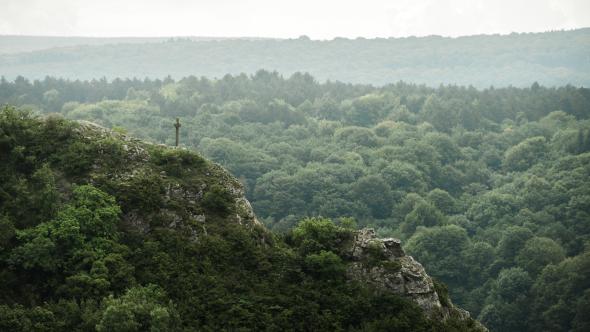At the heart of two green spaces in the Province of Namur
In January 2023, the Entre-Sambre-et-Meuse Park was awarded the prestigious title of Walloon National Park, following a call for projects by the Walloon Government. The aim of this recognition is to develop an exceptional natural heritage for the purposes of nature conservation and tourism. Since 1978, the Domaine d'Haugimont has been an exceptional teaching and research site for UNamur students and scientists. Let's discover these two green spaces.

